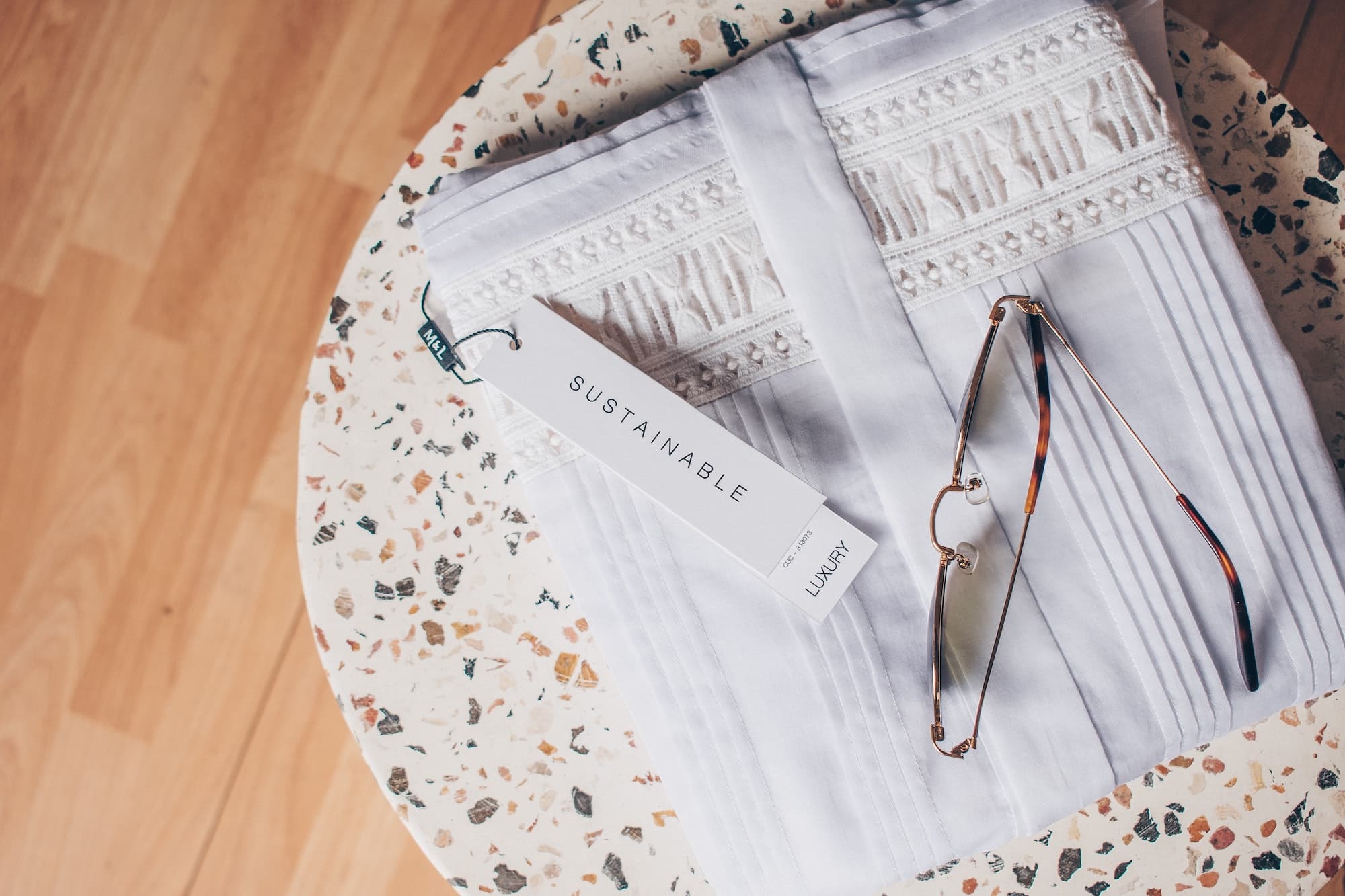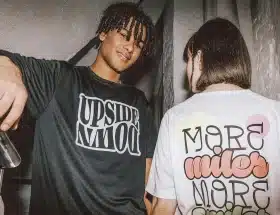Sustainability and the fashion industry are slowly joining to change how they manufacture clothes and impact the world. Even though consumers today are becoming more aware of the environmental impacts of fashion. We are still not there yet. It is a revolution not only about the fashion manufacturers but also a change in lifestyle for many consumers.
To complement initiatives, fashion companies need to encourage sustainable consumption patterns, washing and caring procedures as well.
Unfortunately, sustainability doesn't jibe with fashion. The industry's driven by trends and the latest concepts. Fast fashion production is the bottom line.
According to MDPI, clothing is accounted for 3% to 6.7% of global human-caused CO2 emissions.
The system promotes clothes as disposable. Consumers replace them with what's coming off the assembly line now. Traditional fashion is a collection of seasonal pieces. It's a market of endless reiteration and consumption.
What Is the Goal of Sustainable Fashion?
Fashion designed sustainably looks at the impact of clothes production on environmental and socio-economic platforms. The goals of sustainable fashion should be focusing on:
- Careful and efficient use of natural resources, such as energy, land, water, soil, animals, biodiversity, plants, and ecosystems.
- The selection of renewable energy sources at all stages includes solar, wind, and more.
- Maximized repair, reuse, remake, and recycling of the product and its elements.
A socio-economic stance requires stakeholders to want improvement of current working conditions in factories, stores, and on the transportation train.
Low Impact Organic and Natural Materials
Fashion needs to rely more on linen, hemp, wool, cotton, silk, leather and cellulose fibers. This is preferable to synthetics like nylon, acrylic and polyester. These materials come from petroleum-based productions.
Natural fibers compost into the soil. Their biodegradability, assuming no residual, harmful chemicals is in the fabric, is nothing like synthetics which will sit in landfills and loose toxic fumes and chemicals.
Breaking Down Organics
Linen, hemp and organic cotton are extremely eco-friendly. Some plant and wool fibers can grow regeneratively. That means they'll promote healthy soils and isolate carbon. Sequestering carbon is a valuable aid in combating climate change.
Cellulose fibers can originate from plants or get extracted from destructive harvesting. The production aggravates deforestation. Some processes produce toxic byproducts.
Recycled Materials
The industry should make better use of existing materials, minimizing long-term waste. The industry needs where possible to move toward repurposed fabrics and to produce clothes with deadstock (materials never used or sold and getting thrown away).
Eco-friendly Finishing Processes
Natural fibers and synthetic options are the first steps. The industry also has to consider the environmental aspects of textile and dye treatments. These productions can involve excessive amounts of water and the application of toxic chemicals. Eco-friendly dyes are plant-based, natural dyes and certified non-toxic solutions.
Low or Zero Waste Design
Some brands look for sustainability in their design patterns to produce zero waste. Brands are reducing water amounts and energy usage. They work to eliminate unneeded plastic packaging during product transportation. They strive to ship in bulk via biodegradable or recycled shipping materials. Waste management is a huge step toward sustainability.
Sustainable Fashion Brands to Follow
Here are 10 top brand names looking at sustainability instead of fast fashion.
Patagonia
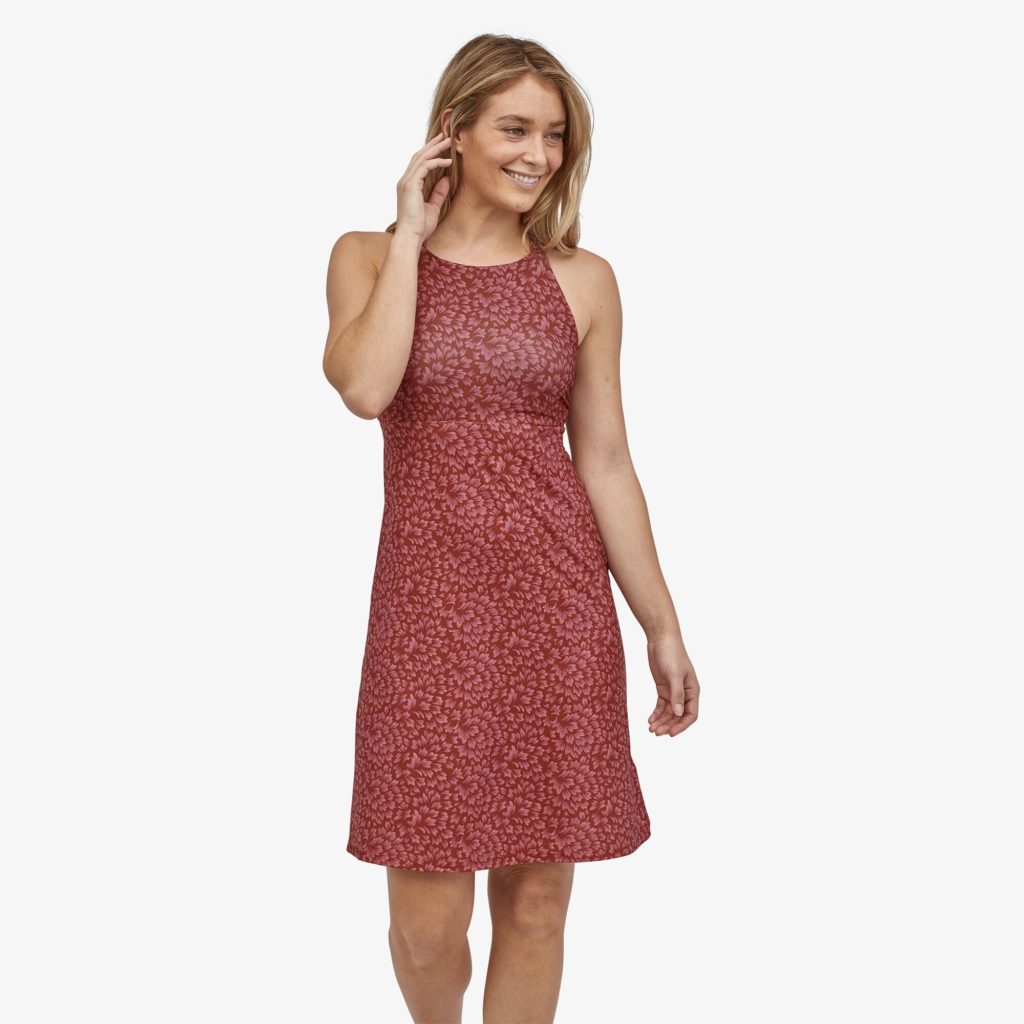
A fair trade outdoor clothier, Patagonia is Certified B Corp, Fair Trade Certified and manages environmental sustainability initiatives for its range of kid and adult swimwear, outdoor apparel and activewear.
They have annual sustainability report you can take a look at here.
Pact
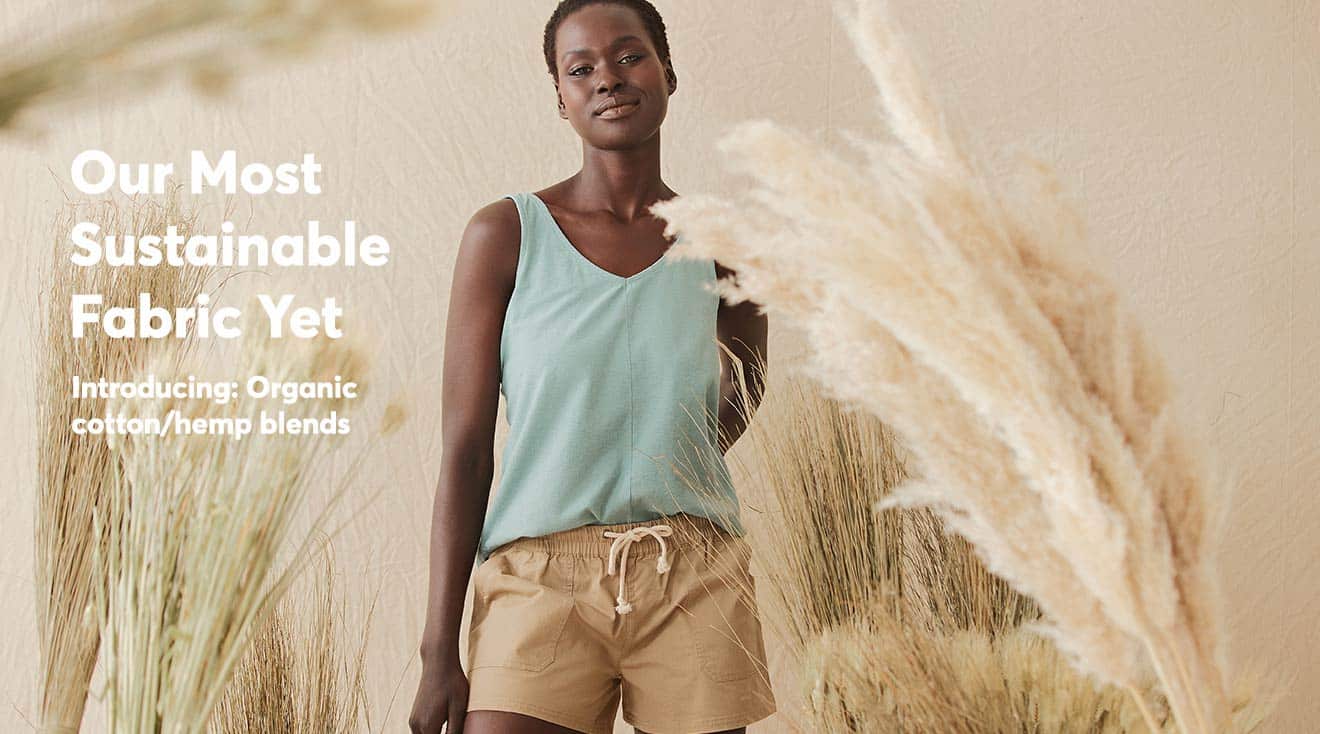
Based in Colorado, Pact utilizes carbon-offset shipping and certified organic cotton. From harvesting to shipping, every process possible is clean and responsible.
EILEEN FISHER
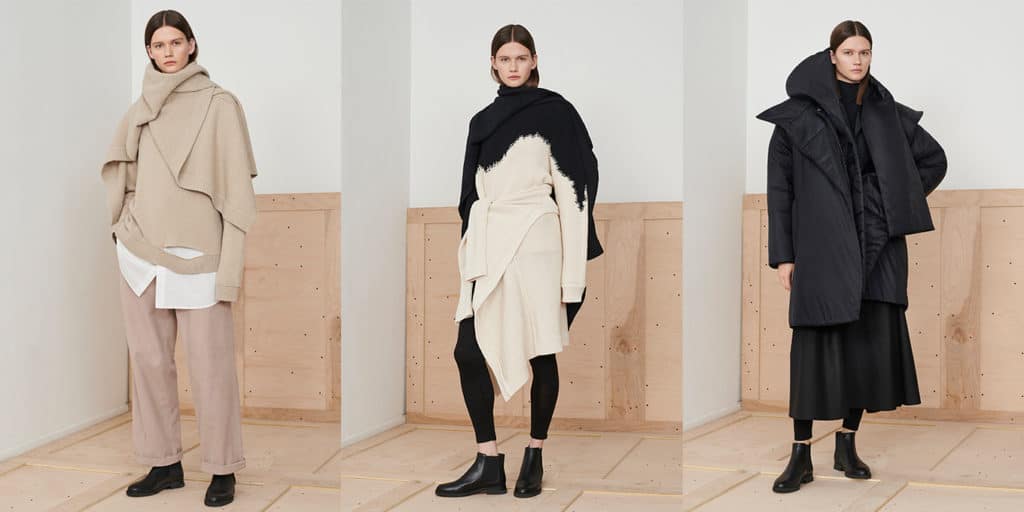
A designer of women's apparel, EILEEN FISHER is a leader in circular systems and sustainable and ethical fashion. From upper management on down, everyone has its eye on the supply change to ensure environmental and social justice and equal working practices.
Sèzane

Sèzane strives for zero waste. They focus on leather, denim, knitwear, shoes and jewelry that you can wear season to season. Sèzane is responsible shopping for consumers who value quality and beauty.
ABLE
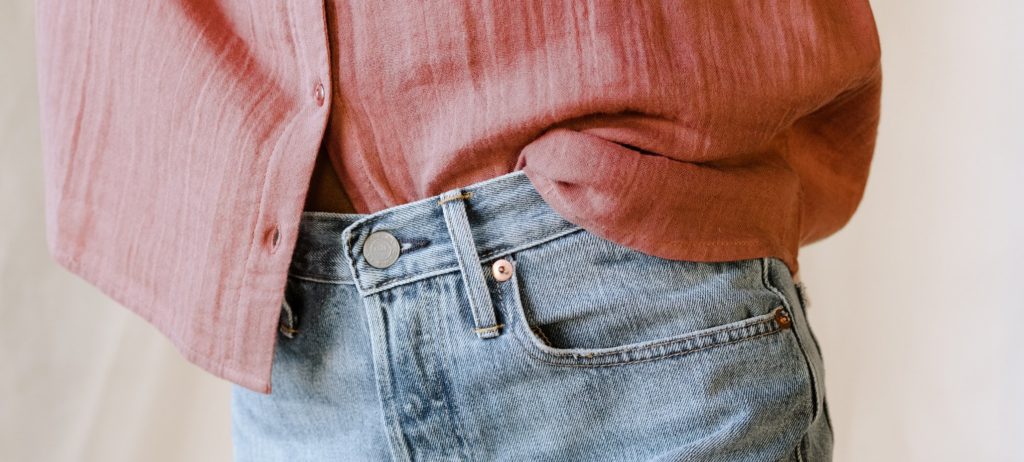
Considered a feminist brand support women and artisan-made, fair labor product by women, ABLE not only practices social-conscious manufacturing, its bullpen of female designers come from all over the world.
Boden
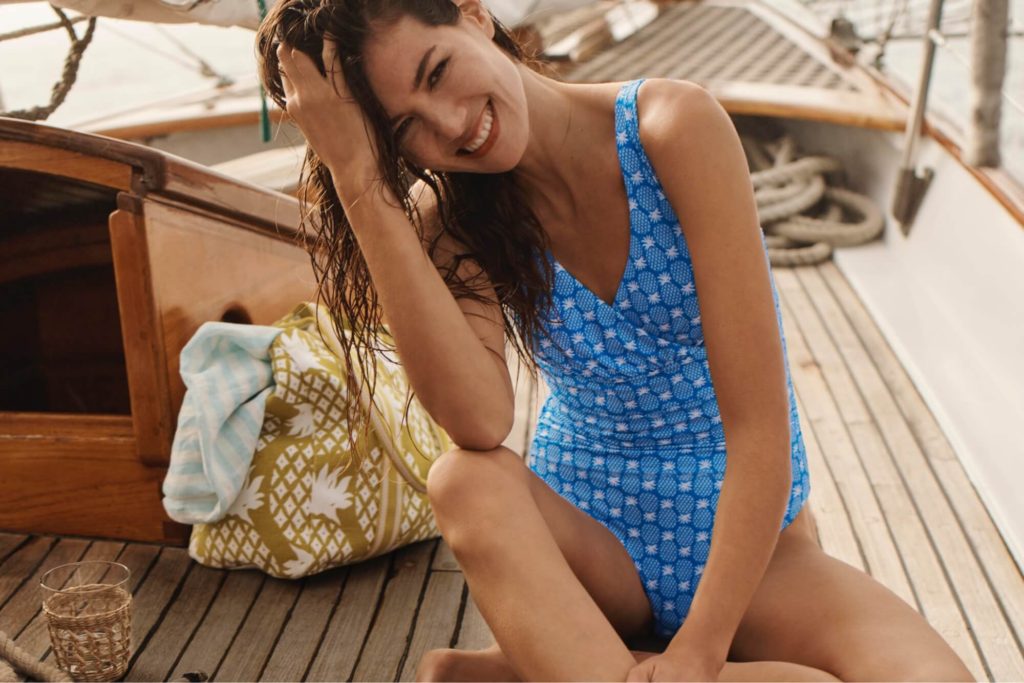
Boden focuses on ethical practices, fair trade and responsible sourcing. You'll find no better place for eco-friendly thinking applied to beachwear, dresses, men's chinos and clothes for the kids.
Tradlands
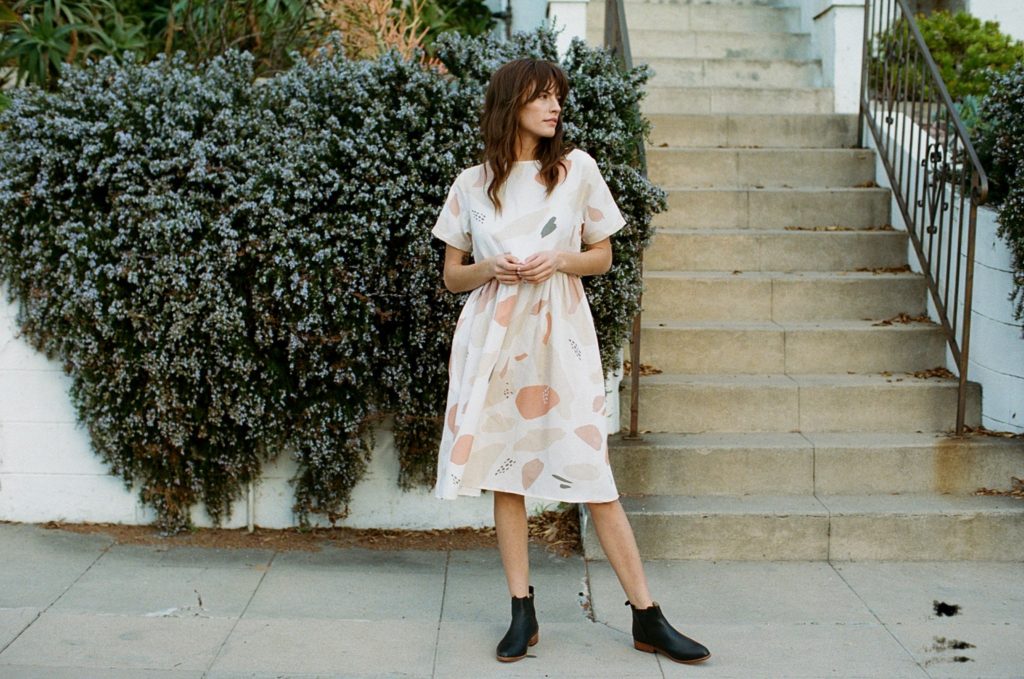
Tradlands utilizes natural and deadstock materials and ethical and practical small-batch production for all its women's apparel. It distinguishes its brand by creating clothes inspired by classic menswear.
Outerknown
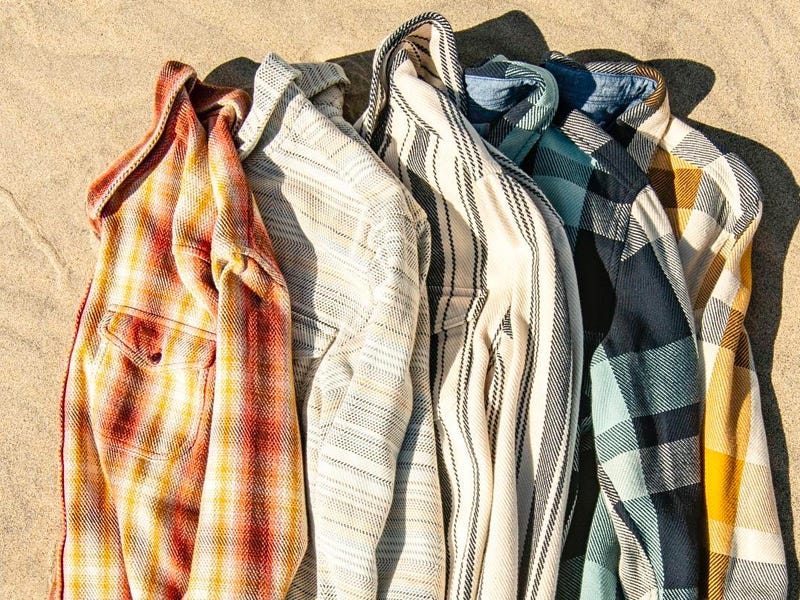
A certified Fair Labor Association & Bluesign manufacturer, Outerknown leads in sustainable practices and fabrics. Outerknown partners with organizations that understand production has to consider fashion, people and the planet.
tentree

Set up in Vancouver, tentree generates casual and cozy essentials. To give back, the company plants 10 trees for every store item purchases. So far, tentree's goal has led to 55 million new trees!
Kotn
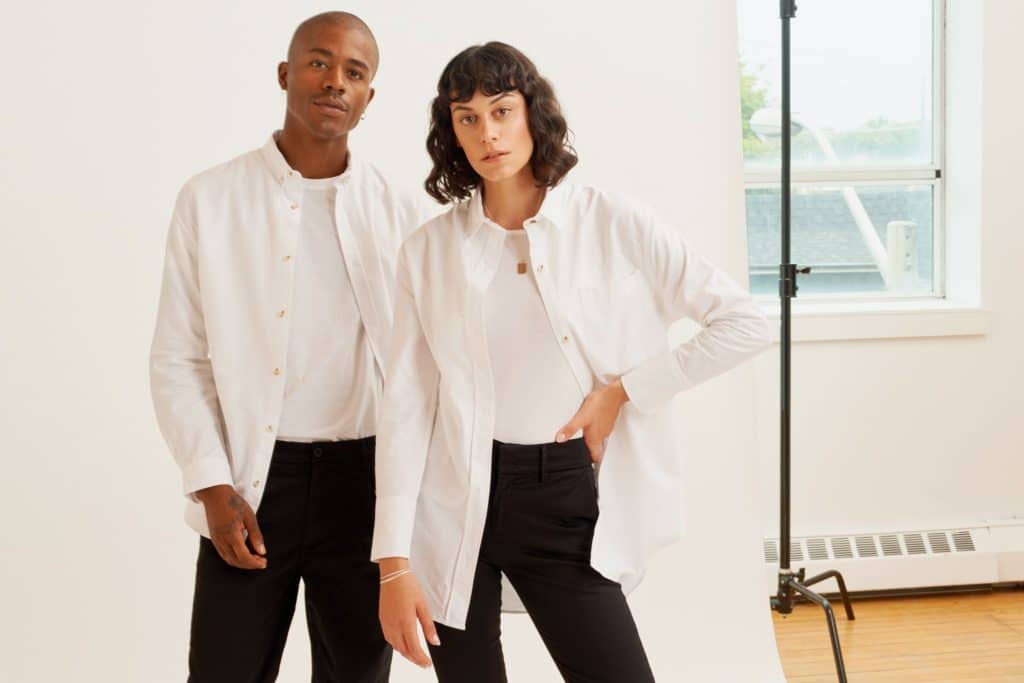
Kotn adds luxury to your wardrobe with basics energized with Egyptian cotton. The company's working with its suppliers to ensure everyone's on the same organic path within five years.
What Fabric Is the Most Sustainable?
The most sustainable element in fashion is recycled or organic cotton.
Organic cotton is an alternative to conventional cotton. It's grown without the usual toxic chemicals and pesticides applied to traditional cotton.
In its recycled form, cotton is the most sustainable form of fashion. Using no toxic chemicals, the fabric comes from post-consumer and post-industrial waste. The production requires far less energy and water compared to the processes for traditional and organic cotton.
What You Can Do
Instead of riding the bandwagon of fast fashion, consider becoming a consumer with a sustainable fashion ideology. Responsible care for your wardrobe prolongs their usage. Taking care of your clothes makes a positive difference.
Think about going secondhand with your clothes. This minimizes what ends up in landfills. Try durable, high-quality clothing that you can see yourself wearing for years as opposed to the current season. Wash this garb in cold water and hang them to dry. Tasks like spot cleaning, mending holes and simple alterations are exceptional ways to extend clothing lifespans.
Conclusion - The Sustainable Fashion Movement
The industry and its influencers could deploy biodegradable dyes, use organic materials or engineer patterns that generate no waste.
The sheer number of options can appear overwhelming. But there has to be a focus on evolving, continuously striving to do better long-term as opposed to what needs doing for the next season.
While it's yet to become a unified effort, many brands are examining their green impact. It's a gradual process that involves reevaluating the harm of current processes and determining the best ways to reconstruct them. Sustainable fashion asks for diligence from designers, manufacturers and consumers.
